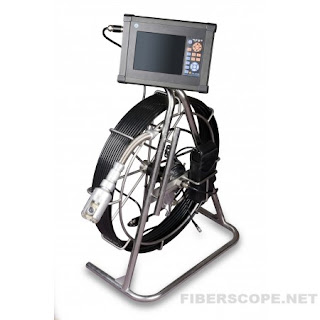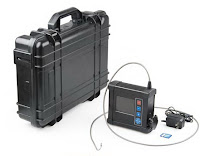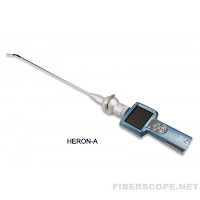 In many areas of the world people use geothermal sources or energy. Such geothermal sources are especially popular in Iceland, where such sources are abandant. But in many other parts of the world people use this cheap energy for heating or cooling. I found this extract in one of blogs:
In many areas of the world people use geothermal sources or energy. Such geothermal sources are especially popular in Iceland, where such sources are abandant. But in many other parts of the world people use this cheap energy for heating or cooling. I found this extract in one of blogs: "When some people think of geothermal they think of harnessing the power of volcanoes, drilling holes in the Earth's crust and pouring water in to create a steam vent to turn a generator. Technically such things are possible, but they're also largely unnecessary. A lot of heat can actually be derived just by drilling down a little and using nothing more than air circulation to get heat; Hence the marvel of geothermal heating systems, a growing trend amongst home-owners.
 Geothermal heating systems (also known as ground source heat pumps, GSHPs, earth energy, or geoexchange systems) are an ideal way of reducing home energy costs. These systems are incredibly environmentally friendly as it uses the natural heat of the Earth with no emissions or toxicity involved.
Geothermal heating systems (also known as ground source heat pumps, GSHPs, earth energy, or geoexchange systems) are an ideal way of reducing home energy costs. These systems are incredibly environmentally friendly as it uses the natural heat of the Earth with no emissions or toxicity involved.
A series of pipes are drilled down into the ground to create a circuit. Air is then pumped through the circuit using a small electric fan (so there is technically a small amount of energy used to make the system work). The circulating air goes down into the ground cool and comes up warm. This is a similar concept to building your home in a deep cave, where the air temperature is constant all year long, but without the obvious problems of living inside a cave (taken from here)"
 And push camera with video camera and powerful light source can help a lot in inspection of geothermal pipes. Many companies use push cameras for inspection of pipes from 8" to 30" and length up to 120 meters.
And push camera with video camera and powerful light source can help a lot in inspection of geothermal pipes. Many companies use push cameras for inspection of pipes from 8" to 30" and length up to 120 meters.
Push camera Anaconda with a special convenient pan-and-tilt camera can perfectly match this task. Its camera can move in two directions and observe every bit of the pipe all around! This unique technology is combined with advanced light source.
Please contact me for more information.
Please contact me for more information.



